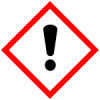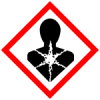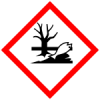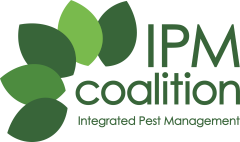The Producer has a plan to phase out Pesticides defined as…
Coalition status
Details
Toxicty
Identifiers
GHS safety labels
- H317

May cause an allergic skin reaction
Class: Sensitization
Subclass: Skin - H351

Suspected of causing cancer (state route of exposure if it is conclusively proven that no other routes of exposure cause the hazard)
Class: Carcinogenicity - H360
May damage fertility or the unborn child (state specific effect if known)(state route of exposure if it is conclusively proven that no other routes of exposure cause the hazard)
Class: Toxic to Reproduction - H411

Toxic to aquatic life with long lasting effects
Class: Aquatic
Subclass: Chronic
